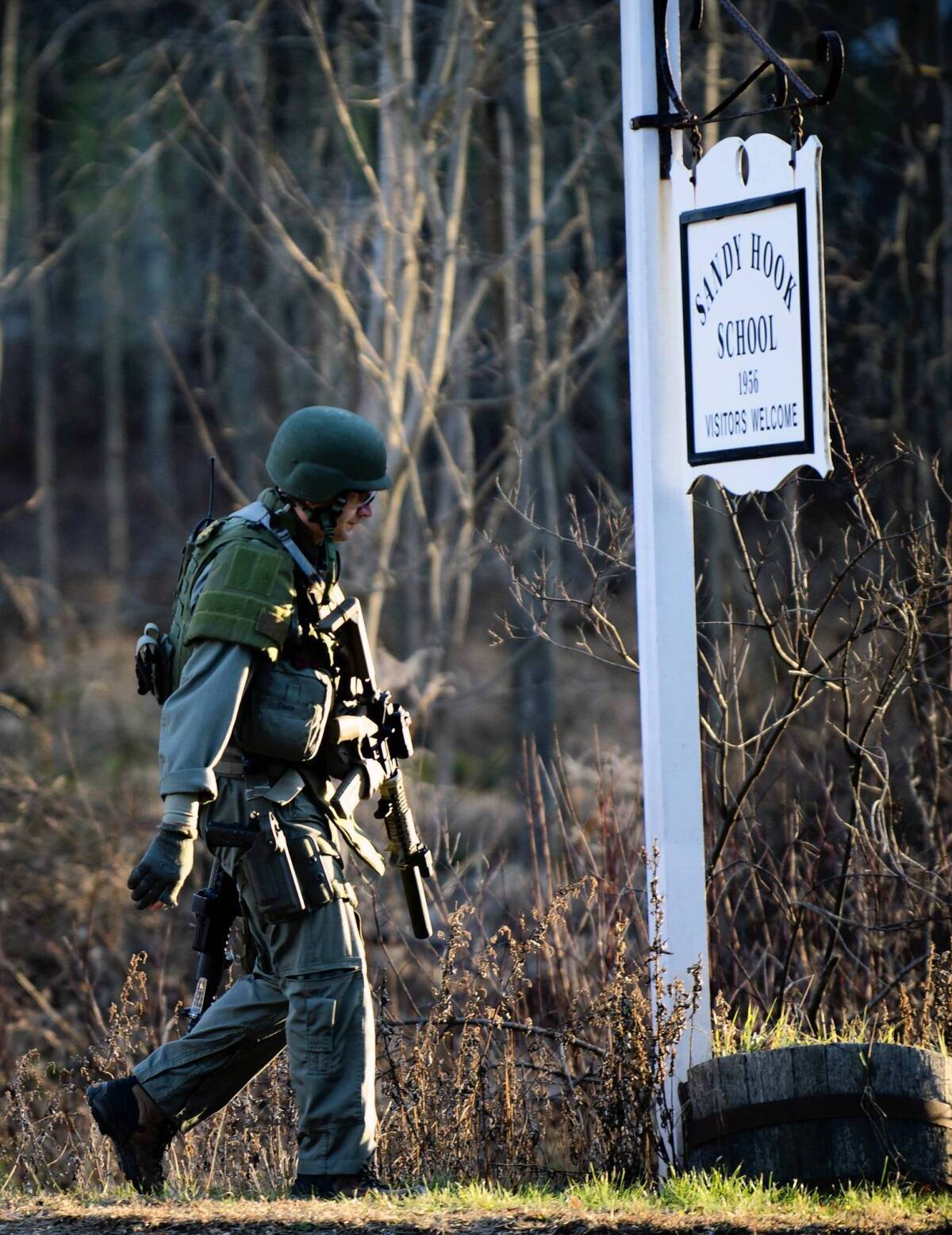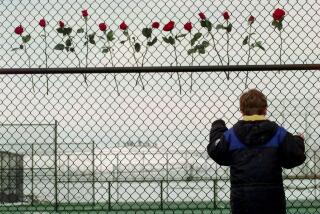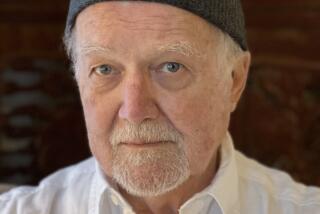‘Newtown’ offers a confusing portrait of Adam Lanza and his crime

Adam Lanza was, by all accounts, a strange child.
Matthew Lysiak’s new book, “Newtown: An American Tragedy,” tackles the challenge of drawing a portrait of the troubled young man, who killed 20 children and six adults in a Connecticut elementary school last year. In junior high, Lysiak tells us, young Adam carried around an empty briefcase and insisted on sanitizing his desk each time he sat down. As an adolescent, his Little League teammates found it amusing when he was hit by a pitch — they knew he suffered from a form of sensory deprivation and couldn’t feel pain.
And when he was 4 years old, Adam Lanza got his first gun, an aluminum Ruger 10/22. The boy who wouldn’t allow himself to be touched “liked the feel of the gun in his hands.” His mother, who had been told by a doctor that he suffered from Asperger’s syndrome, a form of autism, was thrilled to see her boy out in the woods with another boy, shooting at targets.
“There was a weirdness about him,” a Cub Scout leader tells Lysiak. But with a gun in his hand, Adam was different. When Adam held a gun, “he could really focus and in no time he became a good shot.”
Adam Lanza was a cypher. His crime, among the most heinous in U.S. history, demands a serious study of what transformed an odd boy into a killer. Such a work might also serve as a cathartic retelling of the massacre’s assault on the psyche of an American community. Unfortunately “Newtown: An American Tragedy” isn’t trying to be that kind of book.
Instead, “Newtown” is a slapped-together mishmash of information, including short anecdotes about the victims and survivors (most of which have already been extensively reported), quotes culled from official news releases and funeral speeches. Lysiak covered the events for the New York Daily News, and “Newtown” feels like the work of a reporter emptying his notebook and rushing to complete his book in time for the first anniversary of the Dec. 14 tragedy.
A stiff writing voice is one of the book’s many problems: a 6-year-old victim is portrayed as “focused on his future ambitions” the day before the shooting. Another is the author’s apparent inability to distinguish normal teenage behavior (millions play video games and don’t become killers) from the seemingly psychotic depths to which Adam Lanza descended in the final years of his life.
Consider Lysiak’s description of Adam Lanza’s teenage years. “Adam’s troubles continued to escalate. He just could not fit in,” Lysiak writes. “While most children were talking about Avril Lavigne or the latest Harry Potter book, on the rare occasions when he did speak, it was often about fifties rock music or aliens.”
Lysiak says in the preface that he conducted “hundreds” of interviews. But he manages only a frustratingly thin portrait of the woman at the center of the story — Lanza’s mother, Nancy, who was also his first victim.
Much of America rushed to blame and judge Nancy, who provided her son with most of the arsenal he took to Sandy Hook Elementary that morning. Was Nancy Lanza overprotective, too indulgent? Was she in denial about her son’s psychosis?
Lysiak’s most important source on Nancy’s thinking is the series of emails she wrote to a friend. But he doesn’t do much more than report Nancy’s repeated complaints about her son’s condition without trying to uncover the deeper truths about her relationship with her son. To know a subject, an author must be honest about what that subject won’t say, won’t admit or is trying to hide. Lysiak has no such writing vocation.
“It’s so hard to pull him out of his own little world,” Nancy wrote in one email, not long after a high school teacher had discovered gruesome drawings of corpses that hinted at Adam’s dark and disturbed inner world. “Still searching for that healthy balance of pushing him hard enough while not pushing him too hard.”
In the end, Nancy started to give up on her son, especially as he reached the milestone of his 20th birthday. She allowed him to spend many weeks without leaving home, in a room where the windows were sealed off with black plastic bags.
“Newtown” is at its most compelling when recounting the horrors that unfolded during the five minutes Adam Lanza spent shooting inside Sandy Hook Elementary. Lysiak captures the terror felt by teachers and children and the cruelty of Lanza’s actions with descriptions that are spare and chilling but in no way gratuitous.
Lysiak struggles again, however, as he attempts to give voice to the larger meaning of the tragedy. It’s hard to fault him for this. Perhaps we’re simply too close to that violent day to have much perspective about it. After all, Dave Cullen spent a decade writing “Columbine,” the best book yet about America’s epidemic of mass shootings. In 10 more years, maybe another writer will tackle the tragedy of Sandy Hook Elementary and get closer to the truths it has to teach us.
Newtown
An American Tragedy
Matthew Lysiak
Gallery: 288 pp., $25.99
More to Read
Sign up for our Book Club newsletter
Get the latest news, events and more from the Los Angeles Times Book Club, and help us get L.A. reading and talking.
You may occasionally receive promotional content from the Los Angeles Times.







